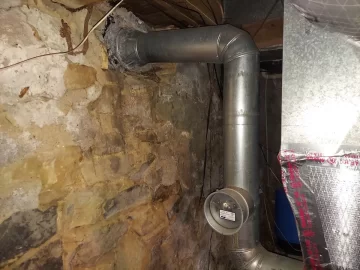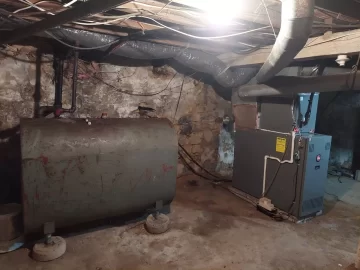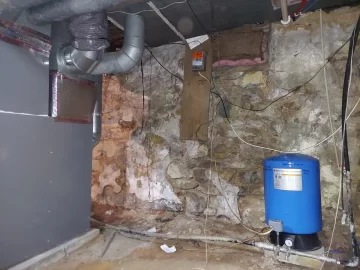Hi guys,
I am buying a house with an oil furnace. The oil furnace is attached to the only flue in the basement.
Is there any way possible to add a wood furnace on to the oil furnace?
Is there any way that they could share the same flue. (Assuming the two are connected and working with each other. )
I plan to upgrade to a heat pump in the future but for right now this is what i have to work with. The PSG Caddy Is what I've been looking at. I'm a newbie with furnaces. I've been using a wood stove for 12 years. Thanks!



I am buying a house with an oil furnace. The oil furnace is attached to the only flue in the basement.
Is there any way possible to add a wood furnace on to the oil furnace?
Is there any way that they could share the same flue. (Assuming the two are connected and working with each other. )
I plan to upgrade to a heat pump in the future but for right now this is what i have to work with. The PSG Caddy Is what I've been looking at. I'm a newbie with furnaces. I've been using a wood stove for 12 years. Thanks!




